-
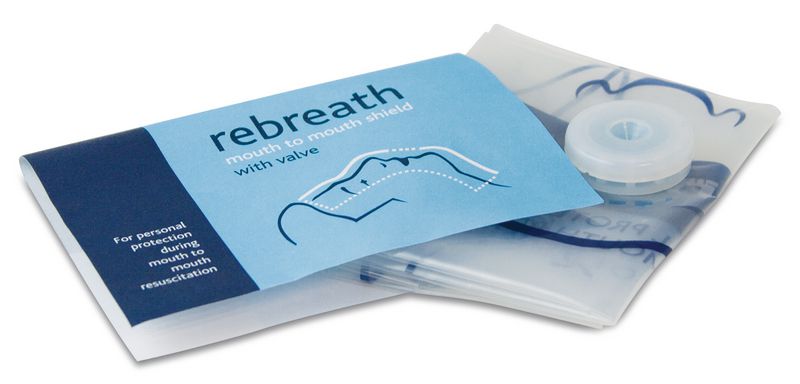
Resuscitation Face Shields
£5.97Supplied in: Single -
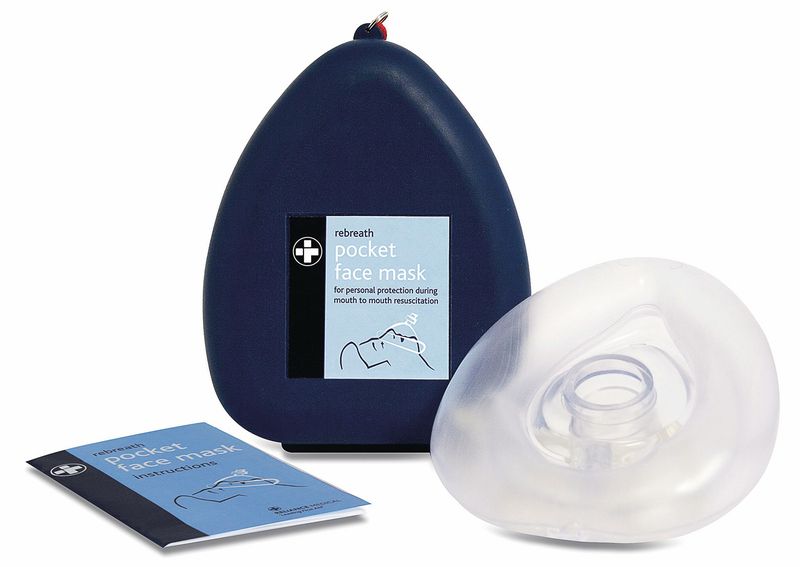
Pocket Mask Resuscitator
£9.92Supplied in: Single -
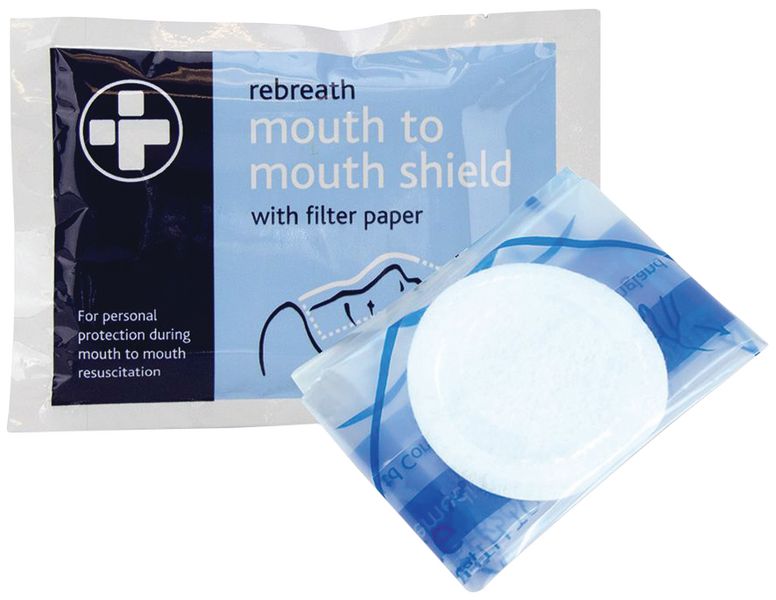
Mouth to Mouth Shield with Filter
£2.10Supplied in: Single -
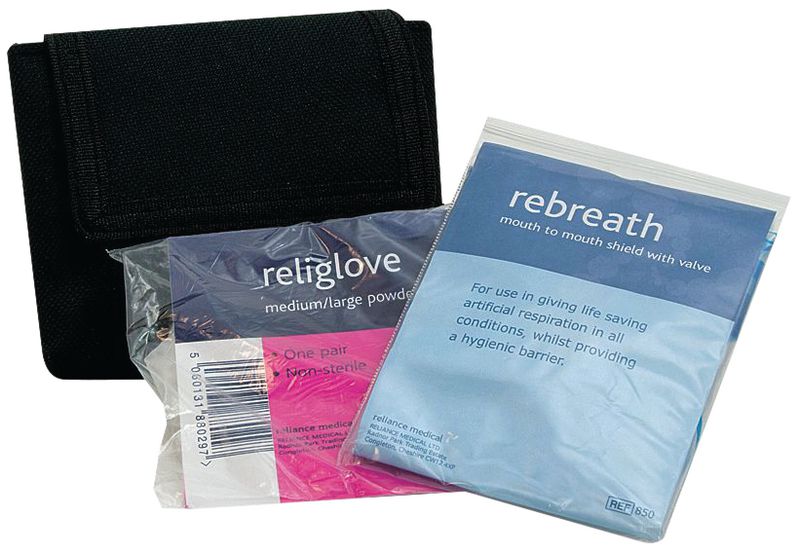
Rebreath & Gloves in Belt Pouch
£5.65Supplied in: Single -
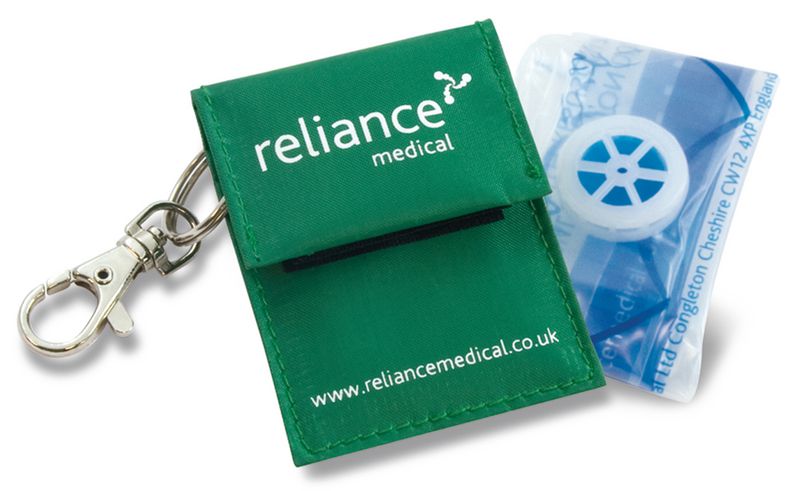
Face Shield in Key Fob
£57.32Supplied in: Pack of 10 -

CPR Device for Cardiac Science G5 Training Unit
£414.50Supplied in: Single -

Rebreath Training CPR Face Shield with Filter Papers
£148.71Supplied in: Pack of 10 -
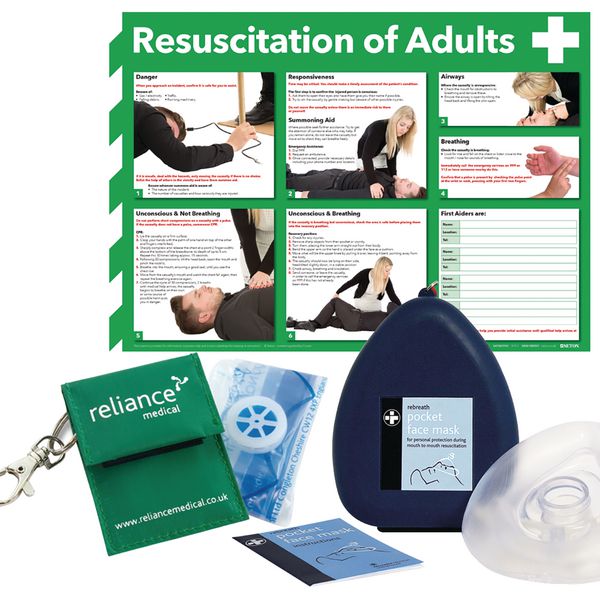
Resuscitation First Aid Pack
£35.95Supplied in: Single kit
CPR Training Equipment
Need help?
 Why is CPR training important?
Easy to use UK CPR training equipment with fast delivery!
Why is CPR training important?
Easy to use UK CPR training equipment with fast delivery!
Large or small, your company needs CPR training equipment and aids. Seton offers the best CPR training and first aid equipment in one place. A click of the mouse takes you to our comprehensive selection of CPR manikins, face shields, first aid training kits and specialised defibrillator units. Our training material also includes instructional wall charts with step-by-step illustrations to reinforce concepts.
With the importance of CPR training in mind, our health and safety experts sourced only the best-quality products that are approved and used by health professionals. Explore Seton’s extensive range of CPR training equipment and aids for your workplace or training centre.
CPR Training - What it is and why it is important
Cardiac arrests can happen anywhere and to anyone at any time - often suddenly and without any significant warning.
Similarly if an individual comes close to drowning, their heartbeat or breathing may cease. It is in these situations that cardiopulmonary resuscitation (CPR) can make the difference between life and death.
One of the 3 key Basic-Life-Support (BLS) techniques, performing CPR helps to keep oxygen-enriched blood flowing around the person’s body. This is particularly important where the brain is concerned - a lack of oxygen to the brain can cause significant damage in as little as a few minutes.
Other Basic-Life-Support emergency first aid includes the deployment of an AED. For more details and to add AED training supplies to your order, please see our range of Training Defibrillators.
Why is CPR training important?
Implementing an effective training course, with suitable materials and supplies, in your workplace will help prepare employees to manage such a crisis and potentially save lives.
CONFIDENCE
CPR training boosts employee confidence. Confident employees are more able to react positively in a crisis - potentially saving lives.
COMPETENT
While formal qualifications may be desired, a basic competency of best practice is better than doing nothing at all.
PREPARED
There is no substitute for the real thing, but using professional qualify CPR training equipment gives your team the best chance to learn.
There are many myths and misconceptions about this life-saving technique - such as whether individuals need formal qualifications, from a registered trainer or instructor, to administer CPR. As a rule, even untrained bystanders are encouraged to perform a basic form over doing nothing, but of course practising the right techniques is always preferential.
You cannot present an effective cardiopulmonary resuscitation training program without the right equipment, guidance materials and visual aids. Our expertly selected range of resuscitation training equipment and supplies will help you to thoroughly train and prepare your team.
At Seton we supply expertly-selected equipment and materials, at a competitive price; so you can ensure your team is fully prepared to potentially save a family member, friend or colleague’s life in a moment of crisis.
FAQ
What are the warning signs that CPR may be needed?
It is a widely accepted view that cardiopulmonary resuscitation is recommended in all incidents of cardiac arrest. Whilst this can occur suddenly, there are some important signs that indicate resuscitation is required. The main symptoms to look for included;
- The person becomes unconscious
- The person is unresponsive and is not breathing or;
- The person is not breathing normally - this may include snoring or gasping noises
The NHS Inform service provides guidance on what to do if, in your view, someone is showing signs of a cardiac arrest.
What to do if you think someone is having a cardiac arrest
- Phone 999 immediately and ask for an ambulance if someone stops breathing, loses consciousness or doesn't respond to stimulation.
- After you’ve phoned for an ambulance, the call handler will talk you through how to do chest compressions.
- If there's more than one person with the patient, someone can collect a defibrillator for the patient if there's one nearby.
What to do in a heart emergency
NHS Inform
Remember, in most instances an AED (Automatic External Defibrillator) will be required if resuscitation alone is not able to revive the patient. To complete your emergency first aid training supplies, take a look at our range of Training Defibrillator kits.
What happens if CPR is done incorrectly?
The main issues that might arise from improperly performed cardiopulmonary resuscitation are physical damage to the chest area - most commonly broken ribs or costal cartilage (which may sound very similar to a breaking bone).
Whilst there is a reasonably long list of potential side-effects from giving cardiopulmonary resuscitation without proper training, in many cases this is preferable to not performing CPR at all. Whilst a cardiac arrest patient is never guaranteed to survive, even if resuscitation is administered correctly; their chances are greatly improved if it is performed promptly.
Take a look at the table below to compare possible side-effects of giving CPR improperly against not at all.
| Potential Effects → Scenario ↓ |
Vomiting & Aspiration | Broken / Fractured Ribs | Internal Brain Injury | Abdominal Distension | Aspiration Pneumonia | Death |
|---|---|---|---|---|---|---|
| Untrained CPR Given | ||||||
| CPR Not Performed |
In an ideal world, everyone would be trained to perform CPR correctly, and feel confident doing so when it is most needed; and since 2020, CPR techniques have been incorporated into the national curriculum for secondary school children.
‘Resuscitation Council UK has long campaigned for CPR and defibrillation training to take place in schools, alongside basic first aid, so it is great to see our proposals turning into reality. We know that in countries where CPR is already taught in schools, there is a higher survival rate of cardiac arrest. Using our expertise in CPR and resuscitation, we look forward to working with the Department for Education to put the plans into practice.’
Andy Lockey
Vice President of Resuscitation Council UK
However even untrained bystanders are encouraged to give hands-only CPR if the alternative is to do nothing.
Seton’s range of CPR training equipment and supplies are the best way to ensure your team is confident and properly trained to give life-saving first aid, when it is needed most.
What materials do you need for CPR?
As a technique, cardiopulmonary resuscitation is a method that requires no essential equipment or supplies. Rescuers and professional first-responders may carry a pack of face shields or a pocket mask in their kit bag; for their own protection, if giving rescue breaths.
If you are looking to become an instructor and train others in performing CPR, or learning the techniques yourself; we recommend suitable manikins designed for CPR training. Available in Adult, Child and Baby versions, each manikin includes everything you need to get practising this life-saving technique, including accessories such as barrier shields and lung bags.
What are CPR manikins?
Resuscitation manikins are models that are specially designed for resuscitation training. Healthcare professionals and first aiders employ these mannequins to simulate how a person should be resuscitated when suffering a cardiac arrest incident.
 Professional CPR Training Adult Manikin
Professional CPR Training Adult Manikin
 Professional CPR Training Child Manikin
Professional CPR Training Child Manikin
 Professional CPR Training Infant Manikin
Professional CPR Training Infant Manikin
Available in adult, child and infant models, we stock the Prestan brand Professional CPR dummy. So whether your workplace is an office or factory, a school or nursery, or if you stay at home with a baby - we have a model to help you practise this life-saving skill.
Supplied as a self-contained unit, these products feature;
- A patented head tilt and skin movement and realistic facial details accurately simulates how a real person would move when requiring CPR - you won’t find this on any manikins other than Prestan kits
- A built-in clicker mechanism that monitors and gauges the rate of compressions. This design allows a single instructor to train several people quickly and effectively
- Lightweight construction to allow for easy transportation between training venues
All Prestan products in our range include supplies of accessories such as barrier devices and lung bags.
What material is CPR manikin?
At Seton, we stock the Prestan Professional Manikin range. These manikins feature a unique clamshell design structure as well as the innovative CPR Rate Monitor.
Each manikin in this range is manufactured from blended polypropylene. The realistic look and feel skin is a thermo-plastic elastomer, while the required disposable lung bags are made from polyethylene.
How can I practice CPR without a dummy?
There are many resources available online to guide you in creating your own CPR dummy at home, from an assortment of household items. However whilst they may be better than not practising at all, we recommend a specially designed medical dummy to maximise your chances of perfecting your technique.
A homemade item is unlikely to offer the key features or compare to the realism of our professional CPR manikin kits. Add to this, that practising on a homemade item may hinder your performance if you ever need to give first aid.
What is a resuscitation face shield?
A resuscitation face shield is a mask designed to protect the person doing CPR, against the infectious oral fluids as well as the vomit of victims. The experts at Seton have put together a comprehensive range of safety-approved resuscitation barrier devices.
Equipped with one-way valves and plastic membranes, our Resuscitation Face Shields prevent cross-contamination between the patient and first aid provider or professional medical responder.
For even more effective and comfortable protection, take a look at the Pocket Mask Resuscitator. Supplied in a portable case, this soft-contoured mask is comfortable for the patient. The one-way valve helps maximise protection against infection. This highly versatile product is suitable for use when giving CPR to adults, children or infants alike.
For life-savers on the go, the Face Shield in Key Fob simply clips onto your keyring to ensure you are always prepared at home, at work or out and about. The included shield features a semi-permeable membrane to enable mouth-to-mouth resuscitation whilst minimising the risk of contamination. As an added bonus, the pouch is printed with useful guidance on proper technique.
Why use a face shield for rescue breaths?
When giving CPR for cardiac arrest it is recommended to give 2 rescue breaths in every 30 compressions. Traditionally these CPR breathing techniques were taught without the protection of a shield or mask.
Also known as a barrier device, it is often recommended to add a resuscitation shield product to your kit bag for a number of reasons;
- Helps eliminate the transmission of germs or bodily fluids between patient and rescuer
- Those fitted with a one-way valve setup prevents any backwards flow from the patient, only allowing breaths from the rescuer into the mouth of the patient
- They are compact and portable, with most easily fitting into a handbag, keychain pouch or similar
Ultimately the aim of a barrier device is to help keep the rescuer safe when giving emergency CPR involving mouth-to-mouth rescue breathing.
Can you reuse a CPR mask?
To answer this question, it is important to be aware of the different types of CPR masks available.
Flat Barrier Shields
This type of barrier product is, as the name may suggest, a flat piece of plastic with a hole for the rescuer to deliver rescue breaths through. This hole is either fitted with a one-way valve but more commonly uses a filter of some kind, to restrict any flow of air or fluids from the patient to the rescuer.
Our Rebreath & Gloves in Belt Pouch pack is a low price, high value way of ensuring you have everything you might need to deliver mouth-to-mouth resuscitation whilst ensuring you are protected from cross-contamination, in a compact kit.
These devices are available in a range of styles and are supplied with a view to be single use only.
Contoured Masks
Products like our Pocket Mask Resuscitator are often used by medical professionals and experienced rescuers. This device is specially shaped to fit comfortably over the mouth and nose of the patient, while the one-way valve only allows air to pass from the rescuer to the patient. This design offers a reduced risk of cross-contamination from airborne germs or bodily fluids, even over flat barrier products, using a filter.
These products are designed to be re-used however it is worth paying special attention to and following the cleaning instructions laid out by the manufacturer after every incident.
Take a look at the table below to compare our top 3 mouth-to-mouth barrier products.
| Product | Resuscitation Face Shields | Mouth to Mouth Shield with Filter | Pocket Mask Resuscitator |
|---|---|---|---|
| Flat | |||
| Contoured | |||
| One-Way Valve | |||
| Filter | |||
| Prevents Cross-Contamination | |||
| Reusable | |||
| Includes Instructions |



